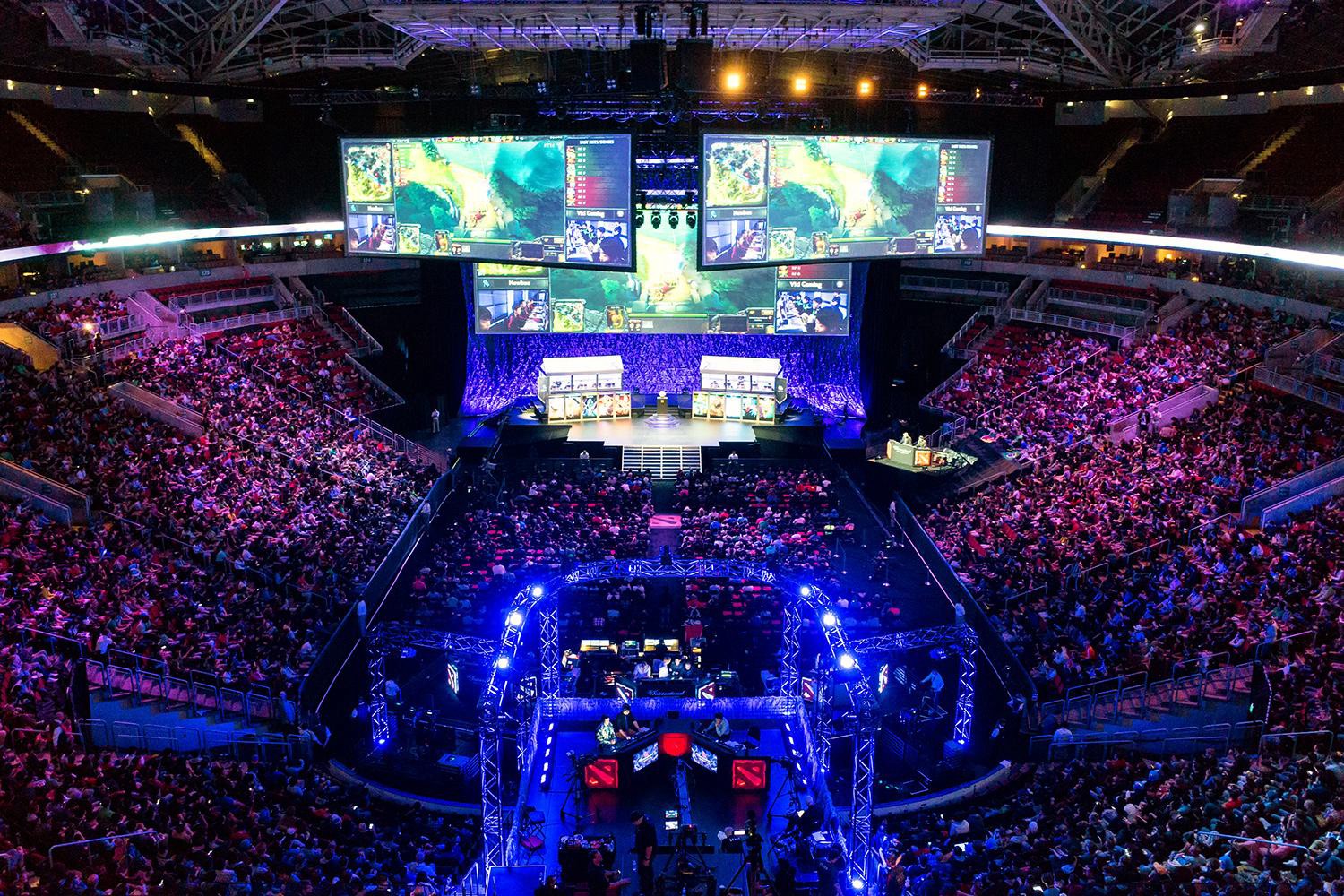The opinions expressed in this column are those of the author and do not reflect in any way those of the Tiger Media Network, its staff or Fort Hays State University.
BY JADEN MOUNT
Since the Santa Fe school shooting, the fight over gun control has boiled over into a number of other issues. One of which regards a statement made by Texas Lieutenant Governor, Dan Patrick.
“Psychologists and psychiatrists,” Patrick stated, “will tell you that students are desensitized to violence, may have lost empathy for their victims by watching hours and hours of video violent games.”
The term “violent video games” is often thrown around by politicians as the main cause or one of the many causes of school shootings. A former Californian law that was struck down by the United States Supreme Court defined violent video games as “a video game in which the range of options available to a player includes killing, maiming, dismembering, or sexually assaulting an image of a human being.”
Another definition of the term from a LinkedIn SlideShare presentation read “Violent video games focus primarily on combat involving projectile weapons, such as guns and missiles.”
Maria Chesley Fisk, Ph.D. is the deputy director of Health Games Research. She wrote in a post on the Robert Wood Johnson Foundation’s Pioneering Ideas blog “I support a simple definition of violent video games: Violent video games are those that represent violence as the best or only way to resolve conflict.”
The nonprofit, nonpartisan organization, ProCon.org, presents an accurate breakdown of research on the matter. They pose the question “Do Violent Video Games Contribute to Youth Violence” and present 11 Pros or Yesses as well as 14 Cons or Noes.
The first pro and fourth con are the two pieces of this list that I believe to be the most important. Pro #1 specifically states, “Playing violent video games causes more aggression, bullying, and fighting.” The argument utilizes data over middle school boys and girls, whom have or have not played at least one mature-rated video game.
“60% of middle school boys and 40% of middle school girls who played at least one Mature-rated (M-rated) game hit or beat up someone, compared with 39% of boys and 14% of girls who did not play M-rated games.”
Con #4 in the counterargument says, “Playing violent video games does not cause kids to commit mass shootings.” Out of the “…over 150 million Americans…” that play video games “…71 mass shootings between 1982 and Aug. 2015…” have occurred. There is also a reference to a report submitted by the United States Secret Service and Department of Education.
After examination of “…37 incidents of targeted school violence between 1974 and 2000. Of the 41 attackers studied, 27% had an interest in violent movies, 24% in violent books, and 37% exhibited interest in their own violent writings, while only 12% showed interest in violent video games. The report did not find a relationship between playing violent video games and school shootings.”
If we are going by the definitions of violent video games, the first “violent game” I played would’ve been Sid Meier’s Civilization 3 at maybe about seven or eight years old. Of course, I probably didn’t understand much of the game in its entirety at the time. The violent elements of the game were warfare and conquest.
As I grew older, a variety of games that would classify as “violent” have crossed my path; such as Call of Duty, Battlefield, Total War, etc. Yet, in the fourteen years since starting “violent video games”, I have never retained thoughts of committing a mass shooting. Nor have I ever known any gamer with such thoughts. Combined with the research data, I hold extreme doubts that video games could ever be a cause for school shootings.
The alleged Santa Fe shooter, Dimitrios Pagorutzis, does not represent the gaming population of the United States or the international community. Yes, he may have used video games as “practice,” but that in no way means it was a cause for his horrifying actions. His father, who owned the weapons Pagorutzis used, also does not represent the legal gun owning population of America.
I understand at the same time that my experience with these sort of video games does not represent my fellow gamers, either. However, attributing to the data above, if violent video games were a legitimate cause of mass shootings, I would think there would be far more shootings than there has been in the past few decades. Games simply do not cause people to be homicidal.
That being said, it is the duty of parents to be responsible. In the area of video games, do not buy your middle schooler a video game such as Outlast. I understand as gamers age, they have the ability to spend their own money on games. However, parents of gamers should be able to set the tone of what games are appropriate for their children at the time. For myself, it was my father who, purposefully or not, got me interested in grand strategy games. I did not know what it meant to defeat an AI nation in relation to the real world, because it was nothing more but a game. And it was these types of games that have helped in a variety of ways when approaching school-related or personal projects.
I agree with the majority of American polled by various outlets on increasing background checks and other such implements of gun control. I would also support improving the rating system of video games so parents and consumers, in general, have a better understanding of what they are purchasing.
Regardless, one should never punish a group of individuals for the actions of one.

